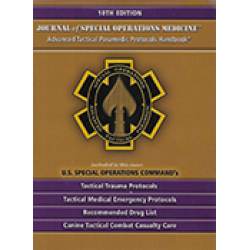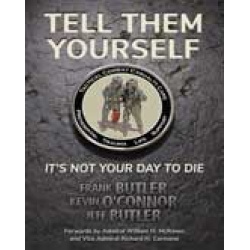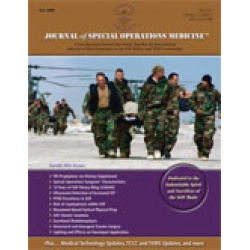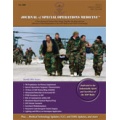10 Years of SOF Rotary Wing CASEVAC Missions, Training and Equipment: A Retrospective View from the 160th SOAR (A)
Faudree LK 12(3). 14 - 18 (Journal Article)
On 3 October 2001, the first chalk of Night Stalkers left Campbell Army Airfield enroute to Uzbekistan in support of what would become our nation's longest war. The vast majority of Soldiers were untested in war and would quickly have the opportunity to meet with the enemies of our nation in close combat. The two Special Operations Task Forces (TF), TF Dagger to the north in Uzbekistan and TF Sword in the south (aboard the USS Kitty Hawk) were our nation's first strike options against Al Qaeda and Taliban forces in Afghanistan. Due to the inherent nature of forced entry operations (restrictive terrain, lack of medical infrastructure, etc.) TF Dagger and TF Sword utilized 160th Special Operations Aviation Regiment (Airborne) [SOAR (A)] rotary wing aircraft solely for the Casualty Evacuation (CASEVAC) operations during the first months of Operation ENDURING FREEDOM.


 Español
Español 




